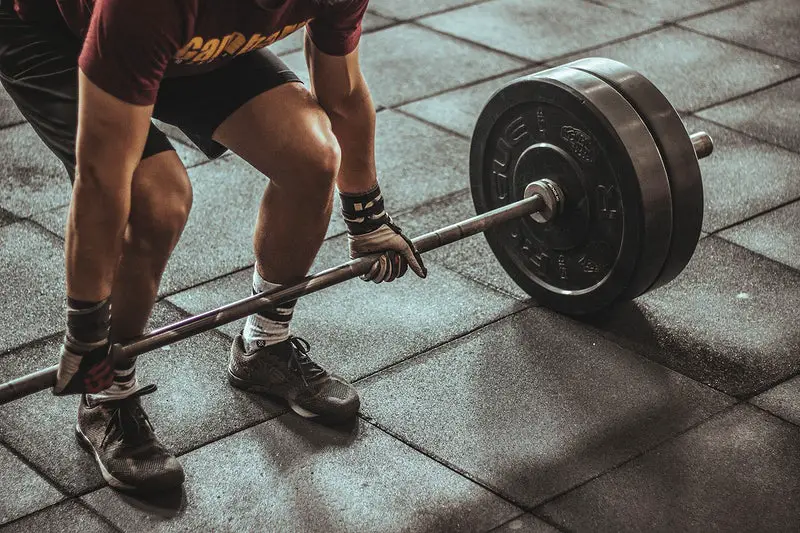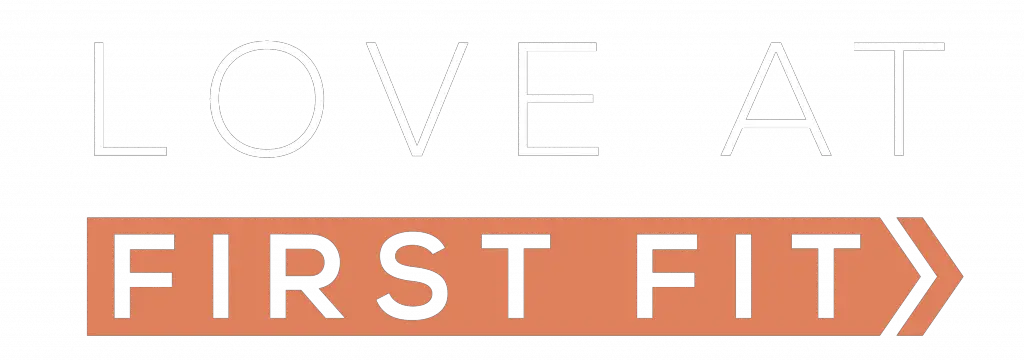As you progress in your workouts, you determine how heavy you can lift or how many reps of each exercise you can perform at different weights or in different variations of the exercise.
However, once you’ve figured out the basics and tested your load capacity and endurance, you may have people asking you what your PR is, or you may read about PRs online or hear them spoken about in YouTube videos. So what is a PR at the gym?
When you reached your PR, it means that you have achieved your personal record on that exercise. PRs are typically set for primary exercises such as bench press, and deadlift. You can have multiple PRs with a mixture of those three components, even in the same exercise if the reps and weight are different.
In the example below, your PR for bench press is 225 lbs for 3 reps.
| Exercise | Weight | Reps |
| Bench Press | 225 | 3 |
| Deadlift | 315 | 3 |
| Squat | 375 | 5 |
| Overhead Press | 135 | 5 |
Each combination of the three components can be considered a PR, but you should be setting PR goals rather than collecting PRs at every weight and rep combination.
For some people, the gym is just a way to stay fit and active, and they’re not tracking things like PRs or worried about progressing quickly.
However, if you’re trying to get the most out of your gym experience, build muscle and strength, and keep improving, you should be tracking your PRs and working towards increasing them constantly.
Difference Between PR and 1RM
A PR is your personal record based on weight and reps, while a 1 Rep Max (1RM) is simply seeing how much weight you can move for 1 full rep, and it tests your maximum strength, which is helpful to know so that you can determine your level of intensity when training.
As an example, it’s often good to train around 60% – 70% of your 1RM to help improve your overall PR without overloading your CNS.
How Often to Increase Your PR
If you’re testing your PR too often, it can hinder your progress, maxing out the weight and reps every gym session can overtax your body and doesn’t give it time to adapt. You should always be trying to increase weight and reps, but testing a true PR is best left to a monthly test.
As you gain experience, you can determine how often you want to test different PRs based on how hard you’re training and how your body recovers after the tests, but it’s never a good idea to test too often or test too many different PRs at the same time.
When You Struggle to Increase Your PR (What to Do)
Your PR may not increase due to a poor training plan, a plateau that requires time or changes in your plan to push past, or you may have reached your natural limit on a specific exercise. In most cases, you need to review your training plan and make changes.
It takes many years of training to hit your natural PR limit, often it can take 4-5 years to reach 80% if everything is being done perfectly and a further 5-7 years to complete the final 20% and reach your genetic or natural muscle limit.
One interesting phenomenon for newer lifters is that their PR may decrease as they get better at lifting. When you start, your form or the way you perform the exercise isn’t going to be optimal, and as you learn, you make changes so that the muscles you want to hit are actually being used.
How to Effectively Increase Your PR At The Gym
Increasing your PR is important to help track your progress and can be a way to make your gym experience more competitive as you continue to compete against your old self. It requires active effort to increase your PR, and without the proper steps, you may never significantly improve it.
You need to incorporate various exercises, a good diet, excellent sleep, and many other factors to improve your PR.
Use Exercise Variation
Use a variety of exercises to strengthen your main lifts, as improving your secondary muscles that help with lifts and hitting your primary muscles in different ways can improve your strength and even increase your endurance for your primary lift, which helps increase your PR.
For example, if you’re trying to improve your bench press PR, you should be practicing a standard bench press, but also incorporating decline or incline bench pressing to hit your muscles in slightly different ways.
You should also be adding exercises that target your triceps and shoulders, as these are secondary muscles that get activated at different stages of your bench press and help you push more weight.
Researching and understanding which muscles are activated and which exercises can increase their strength and endurance will be a key factor in quickly improving your PR.
Plan Your PR And Exercise Routine
You need a plan that is laid out and realistic on how you’re going to hit new PRs and how long each improvement should take. You can’t go to the gym and bench press as heavy as possible every day and hope to improve your PR.
Hitting a new PR is about progressive overload on your muscles, you need to be slowly increasing weight and reps through a detailed plan, and then testing your true PR, whether that’s a 1RM or something like a max weight for 3 reps.
Below is an example of a plan to increase your PR on the bench press from 135 lbs to 155 lbs. If you can do 3 sets of 10 reps comfortably, it is about time to move on from 135lbs to 145 lbs with decreased reps on each set.
| Weight (LBS) | Set 1 Reps | Set 2 Reps | Set 3 Reps | |
| Current PR | 135 | 10 | 10 | 10 |
| Week 1 | 145 | 8 | 8 | 8 |
| Week 2 | 145 | 10 | 8 | 8 |
| Week 3 | 145 | 10 | 10 | 8 |
| Week 4 | 145 | 10 | 10 | 10 |
| Week 5 | 155 | 8 | 8 | 8 |
Without a plan, you can hinder your progress by overloading your central nervous system or injuring yourself from too much work or too heavy of a load on your exercise.
One of the best options is finding a free or paid program that suits the goal that you can follow and track your progress from somebody with experience. You can even find a range of great fitness apps that help you track progress and give you programs to build your PR.
Eat Enough Protein And Get Enough Sleep
A critical component of increasing your PR is getting enough protein so that your body has the ingredients required to rebuild muscle as you’re breaking it down during exercise. Whether you want to get bigger or just stronger, you must be eating enough protein and overall calories from good nutritional sources.
Your muscles get broken down at the gym, but they rebuild during your sleep, so if you’re not getting enough good quality sleep, then your progress to a bigger PR is going to be seriously hindered.
Getting 6-8 hours of good quality sleep is crucial in rebuilding your muscle, the more time you give your body to recover and grow after a hard training session will speed the time to recovery and greatly assist in boosting your PR faster.

Austin is the author of loveatfirstfit.com and a personal trainer with extensive knowledge in nutrition. Austin is passionate about helping others to find a suitable healthy lifestyle and feel good about themselves. Austin’s goal is to help people push their limits and achieve their physical performance.

